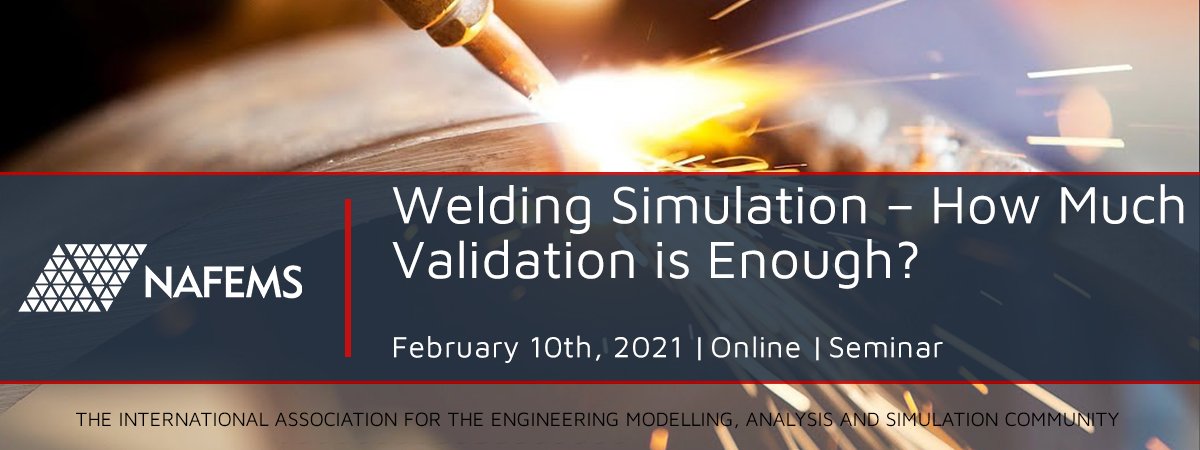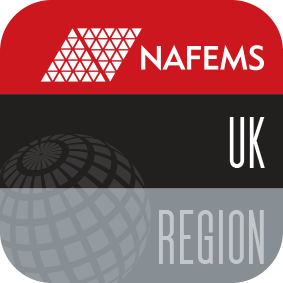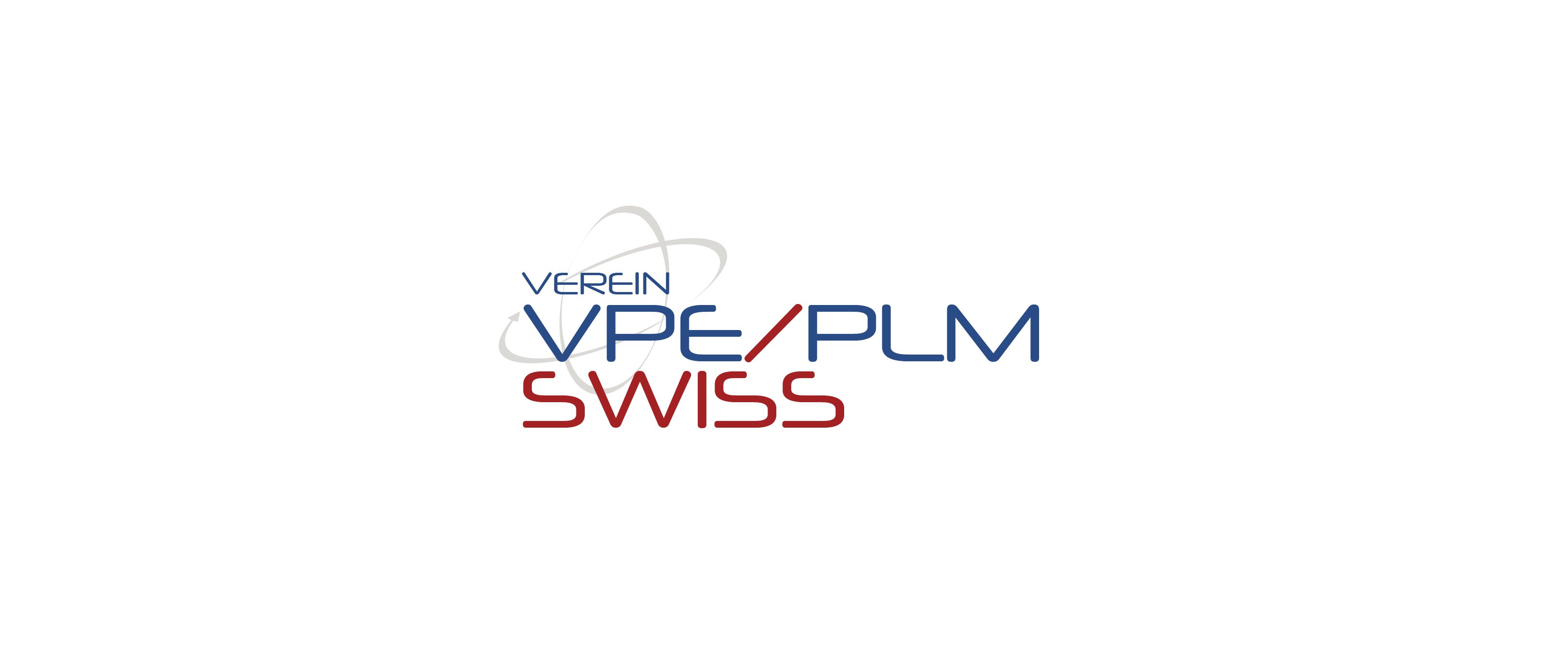Welding Simulation – How Much Validation is Enough?
Wednesday 10th & Thursday 11th February 2021
08:00 EST | 05:00 PST | 13:00 GMT | 14:00 CET
Simulation analyses are employed to simulate welding processes by industry and academia for a wide range of applications. In many cases, the focus is primarily on the prediction of Residual Stress (RS) distributions in high integrity welds, for use in ‘fitness for service’ defect tolerance assessments. The use of validated best-estimate RS profiles can significantly reduce conservatism, compared with upper-bound RS profiles derived for common weld geometries in industrial codes. Such assessments are used to support safety justifications for plant life operation, or to plan maintenance/repair, thereby reducing costs associated with outages and inspections.
As confidence in weld modelling tools has increased, they are also being utilised in support of design and manufacturing applications. Examples include the optimisation of welding process parameters, joint geometry, fit-up and restraint. Subsequently, the effects of post weld machining operations and Post Weld Heat Treatment (PWHT) can be investigated. Modelling predictions of temperatures, distortions and RS can inform key decisions, thereby reducing costs and timescales associated with fabricating and testing specimens and prototypic components.
However, welding processes and material behaviour are complex. Accurate analysis models require physical and mechanical properties from ambient temperature to near melting point. The development of realistic material models requires extensive testing and calibration. Examples include the characterisation of cyclic strain hardening and microstructural phase transformations.
Software developers have responded to industry demand by incorporating user-subroutines into software packages to facilitate the application of sophisticated material models. Software enhancements are also being made to improve computational efficiency for multi-pass welds, mainly in support of Metal Additive Manufacturing (MAM).
Current ‘state-of-art’ academic research is pushing back the boundaries further by developing multi-physics tools to represent fundamental behaviour, such as the molten pool, weld metal solidification and grain growth.
These issues beg the question of ‘how much validation is good enough’, noting the driver to reduce costs where feasible in competitive markets? The answer probably depends on the physical phenomena and length-scales of most interest, as well as the significance of analysis predictions.
- Is a lower level of validation acceptable when investigating the viability of a low Technology Readiness Level (TRL) process, for example by performing model parametric studies, compared to higher TRL supporting product release for manufacture?
- Where can simplified modelling methods be used with acceptable accuracy, such 2D analyses with bead lumping, advantage of geometric symmetry?
- Is it acceptable to perform measurements on simplified test-pieces, such as plate welds (e.g. to calibrate heat input and material models), before scaling up to real structure, noting it might not be feasible to apply the best measurement techniques on actual components?
- Alternatively, can measurements on one representative geometry, provide sufficient model validation for wider use, where structural boundary conditions are modified (e.g. pipe weld)?
- What levels of uncertainty should be accounted for in measurements and modelling predictions?
- What is the demand for NAFEMS best practice guidance documents, benchmarks, and tutorials to aid analysts?
Who should attend?
This seminar is recommended for structural integrity engineers/analysts, designers, manufacturing engineers, researchers and software developers to share their experiences and ideas.
Agenda
Wednesday, 10th February
13:00
Chairman's Introduction & Welcome
Anas Yaghi, Consultant & Paul Hurrell, Jacobs
CFD Simulations for Laser Welding
Mark Keating, Flow Science UK Ltd.
Simulation of Solid State Welding Processes
James Farrar, Wilde Analysis
A Case Study on Electron and Laser Beam Welding in 316L Austenitic Stainless Steel
Graeme Horne, Frazer Nash
Additive Manufacturing Process Simulations: Challenges and Progress in Validation
Tyler London, TWI
Heat Source Calibration and Validation of Thermal Fields for Welding and Additive Processes
Chris Bennett, Nottingham University
A Modelling Framework for Directed Energy Deposition Additive Manufacture
Jialuo Ding, Cranfield University
Panel Discussion- Welding Thermal Analysis Methods and Validation
Anas Yaghi, Consultant; Paul Hurrell, Jabobs; Simon Smith, Transform Stress Limited & Tyler London, TWI
16:30
Close
Thursday, 11th February
13:00
Chairman's Introduction & Welcome
Simon Smith, Transform Stress Limited & Tyler London, TWI
Weld Distortion Modelling with Minimal Validation to Reduce Non-Conformance in Rolls-Royce
Apoorva Sondhi, Rolls-Royce Group
Welding Simulation to Optimise the Design and Development of Off-Highway Construction Equipment
David Panni, JCB
Applying Welding Simulation in Practice; Bridging the Gap between Research and Civil Industry
Maarten Rikken, Arup
Residual Stress Measurement Methods for Model Validation
John Bouchard, Open University
Incorporating Microstructure Prediction into Weld Modelling: The Challenges of Low Alloy Ferritic Steel Welds
Mike Smith, University of Manchester
Weld Durability Simulation from Phenomenological (statistics) Models to Constitutive (Physics) Models
Rob Plaskitt, Prenscia
Panel Discussion - Structural Analysis Methods and Validation
Anas Yaghi, Consultant; Paul Hurrell, Jabobs; Simon Smith, Transform Stress Limited & Tyler London, TWI
16:30
Close






